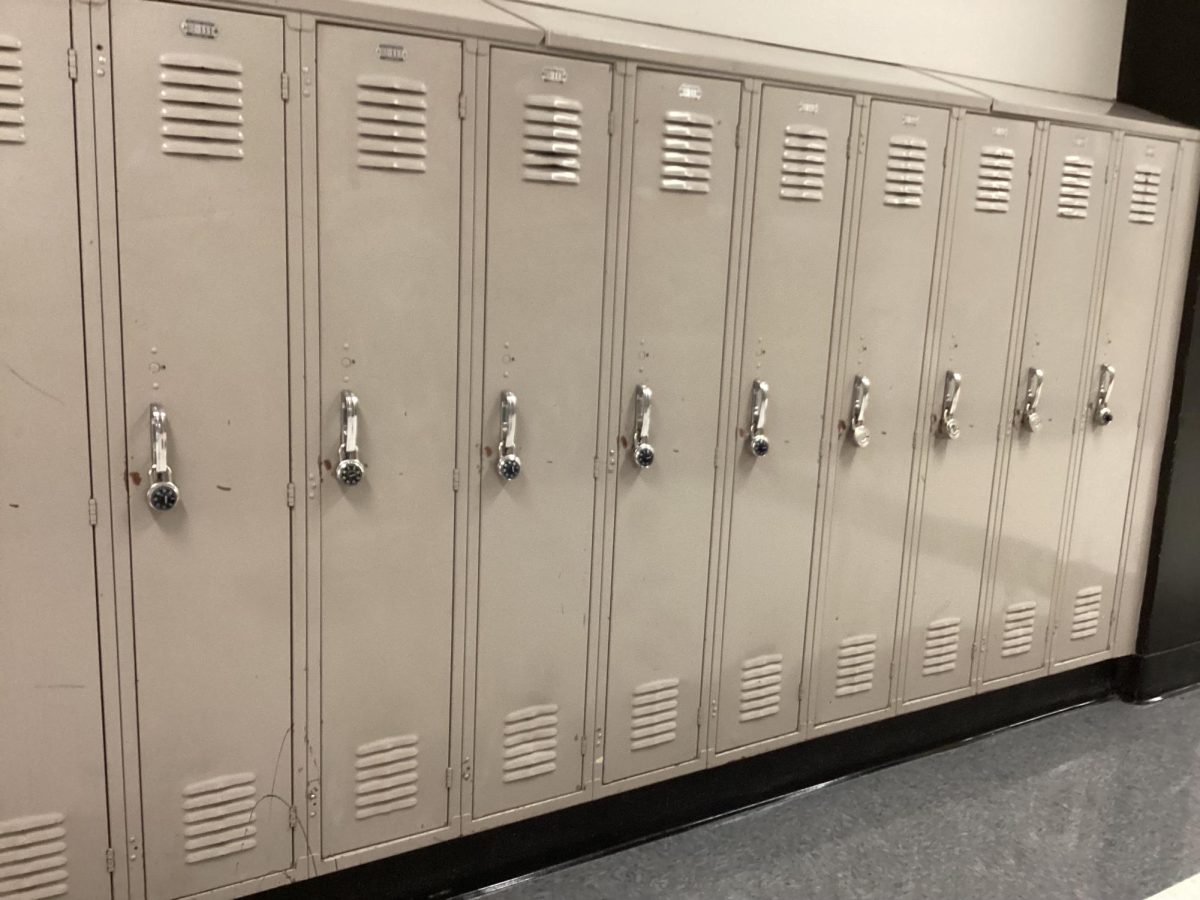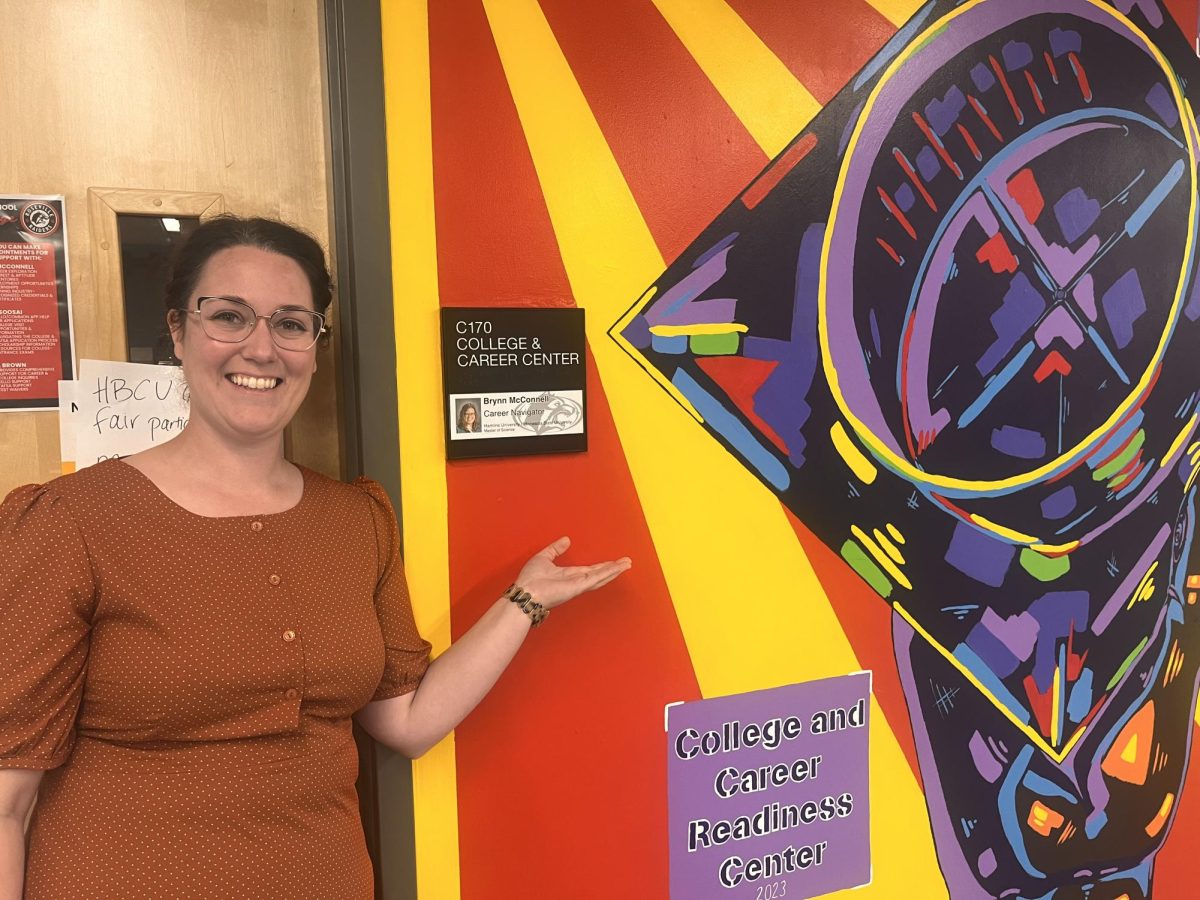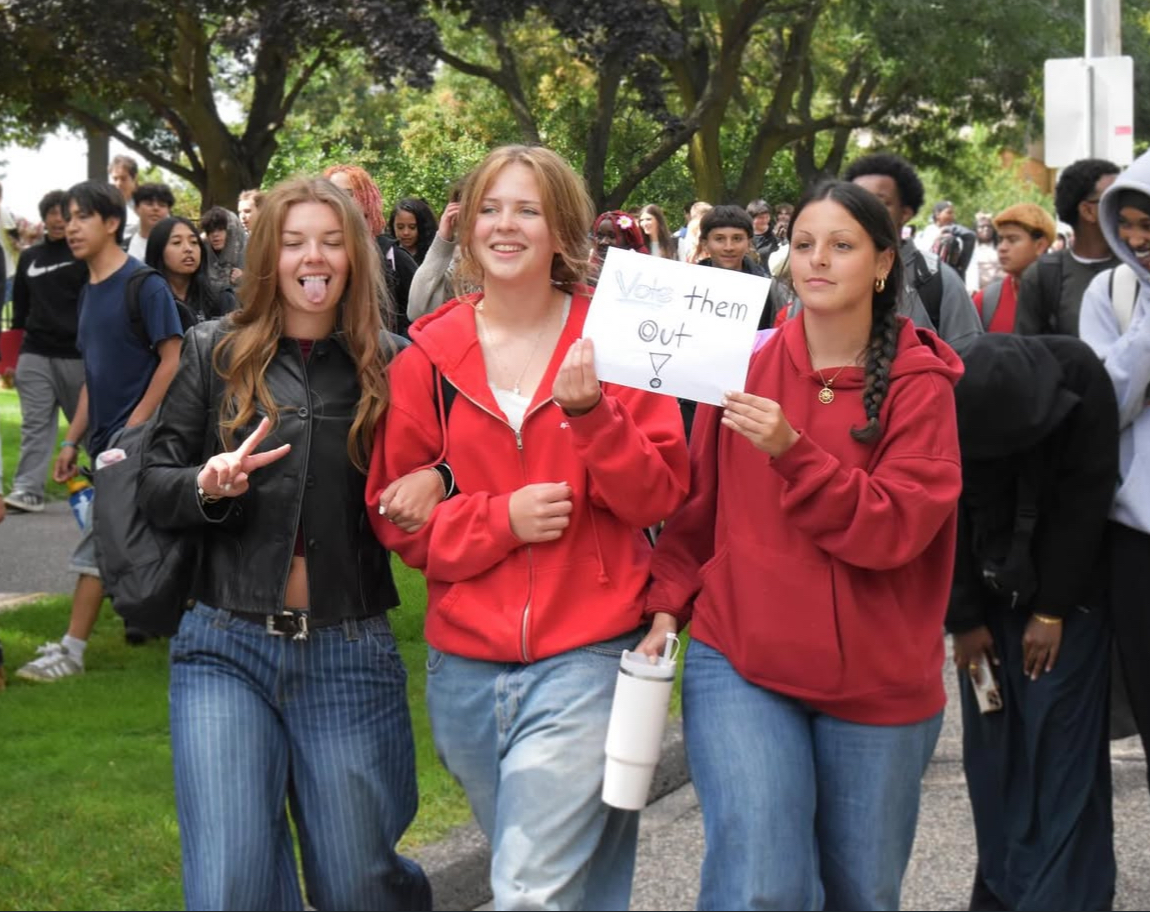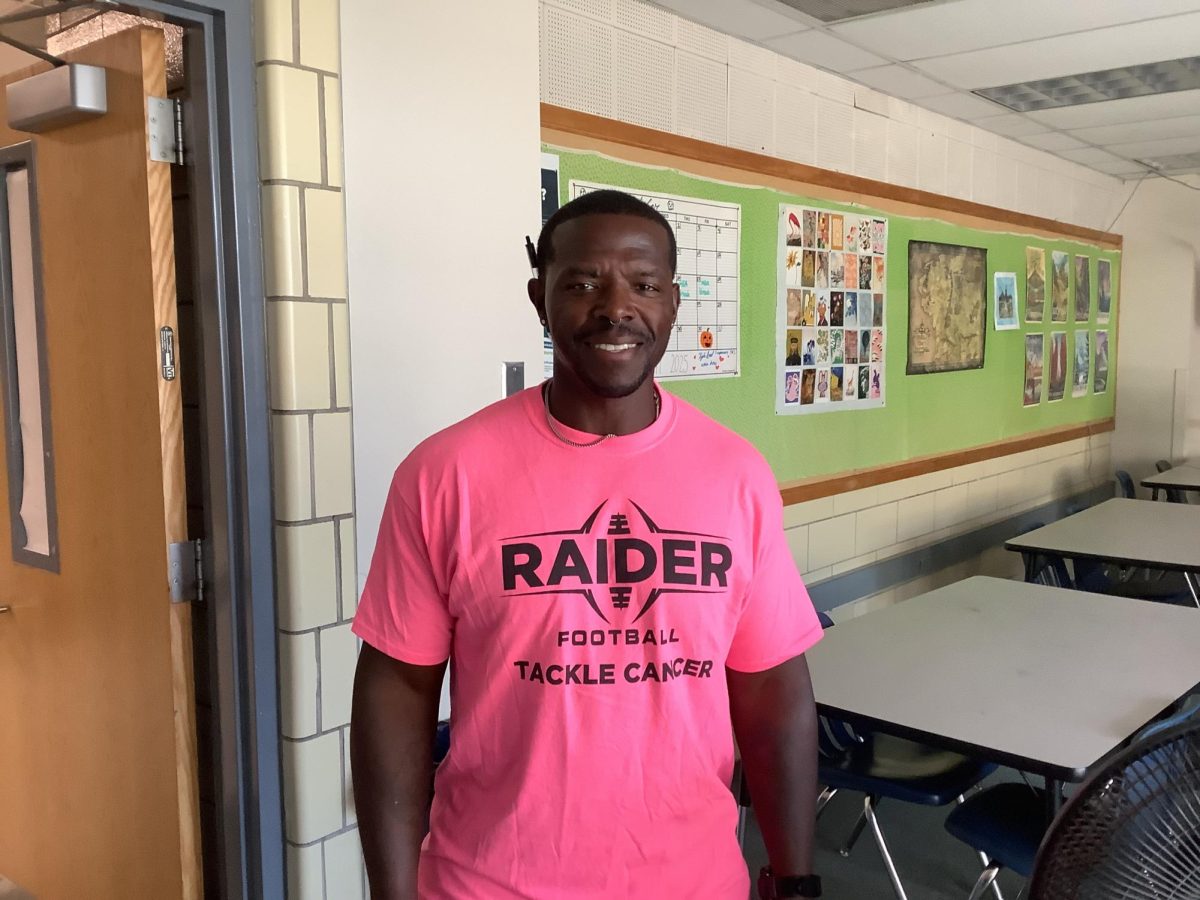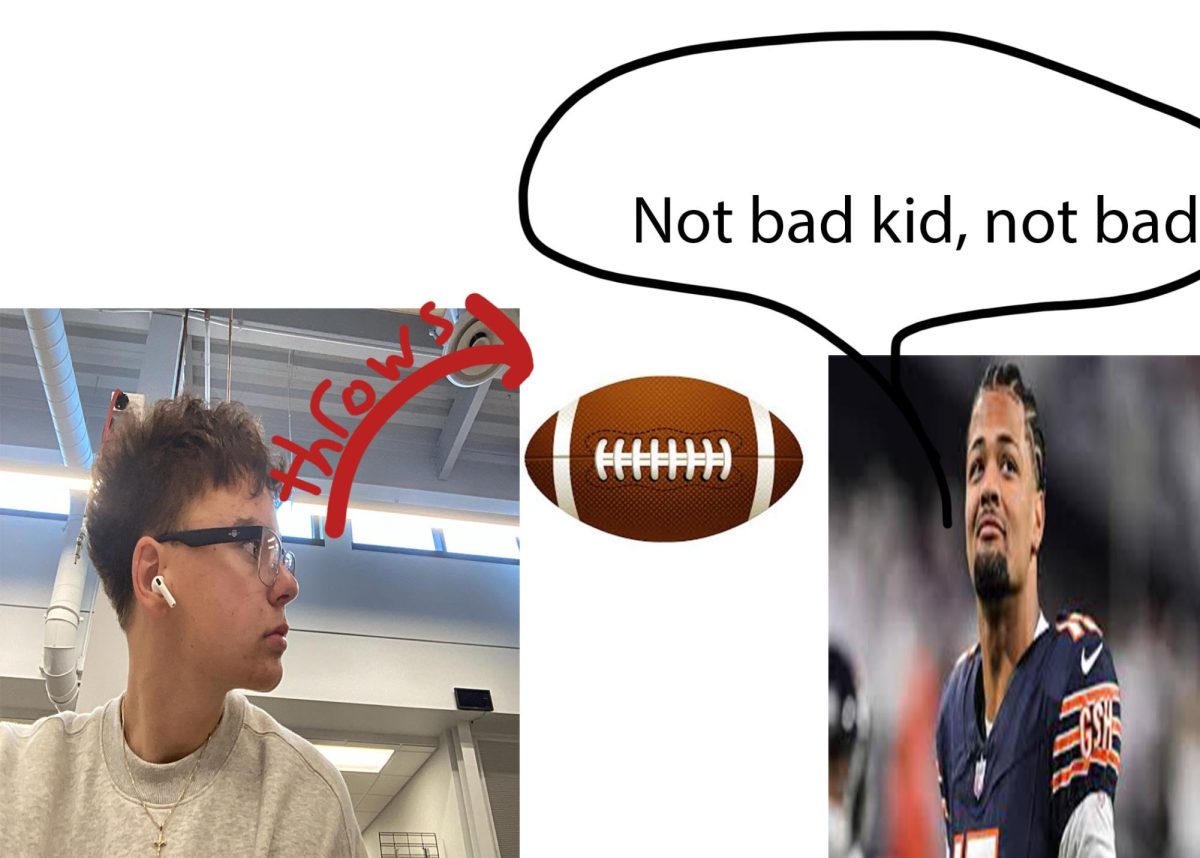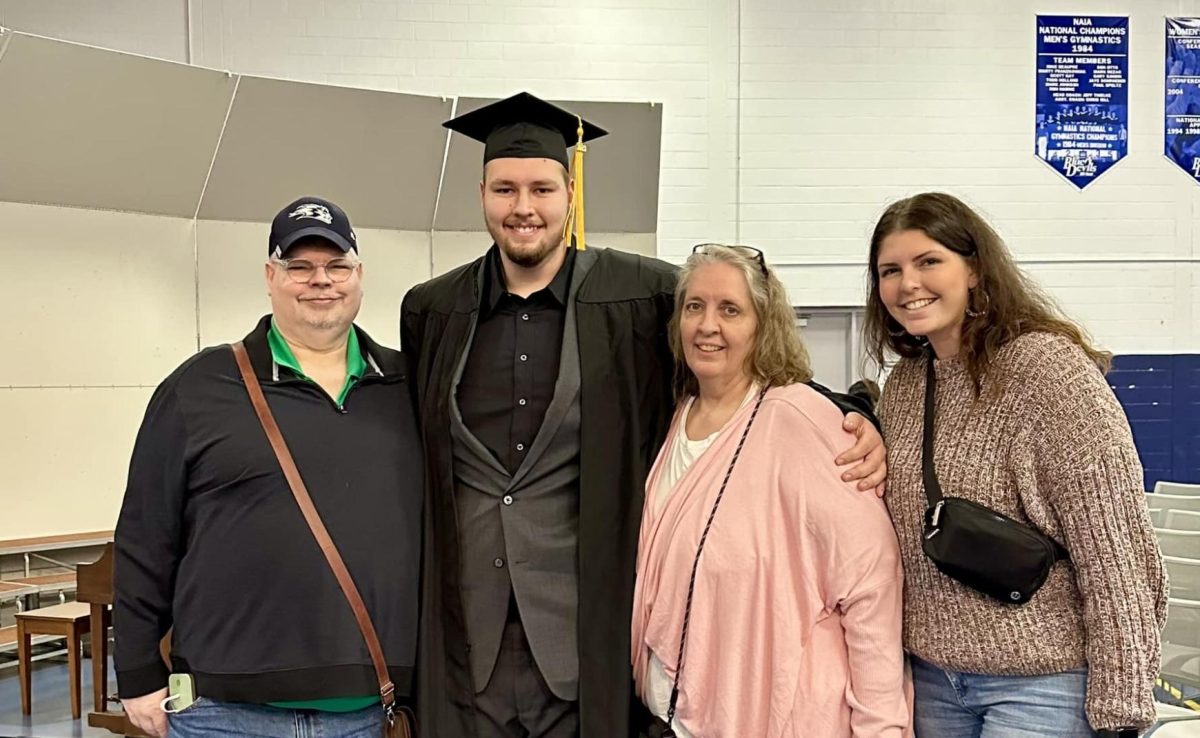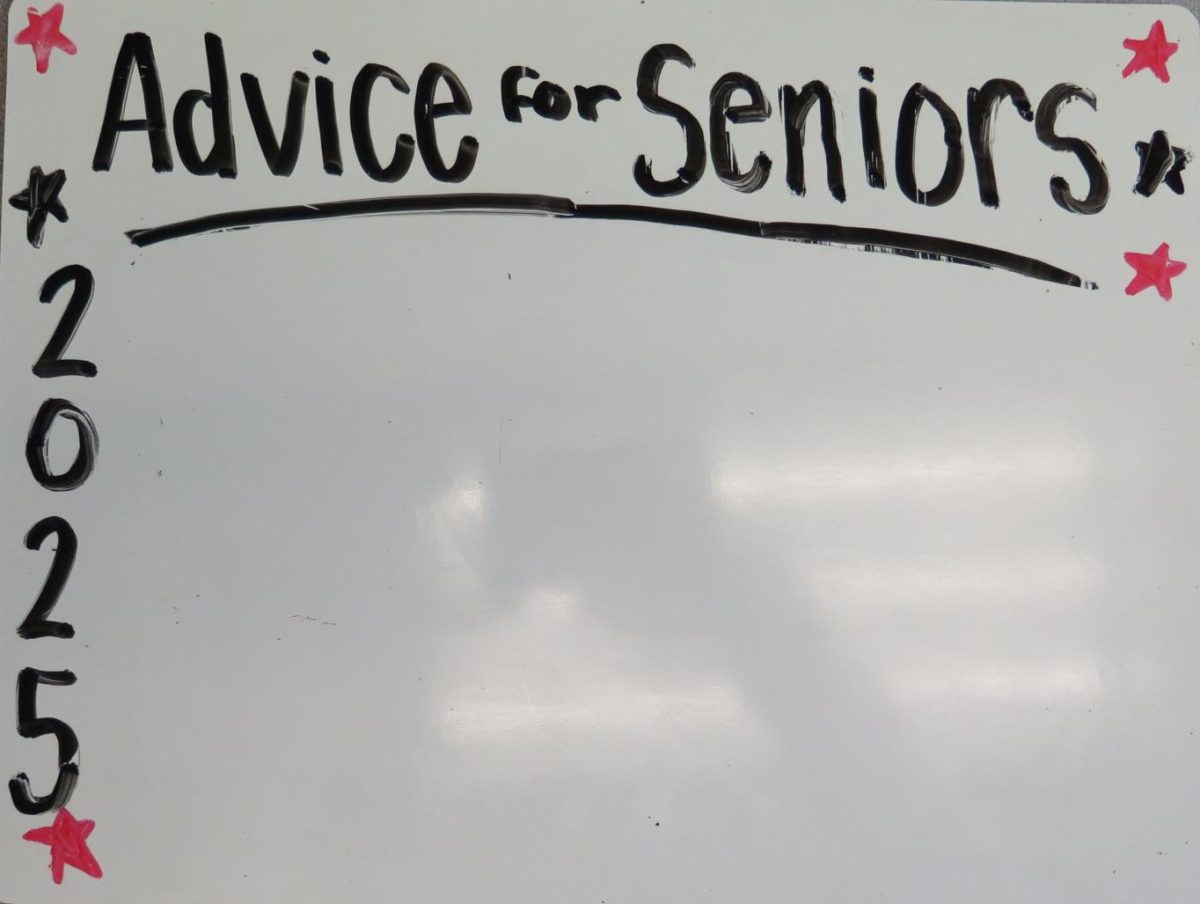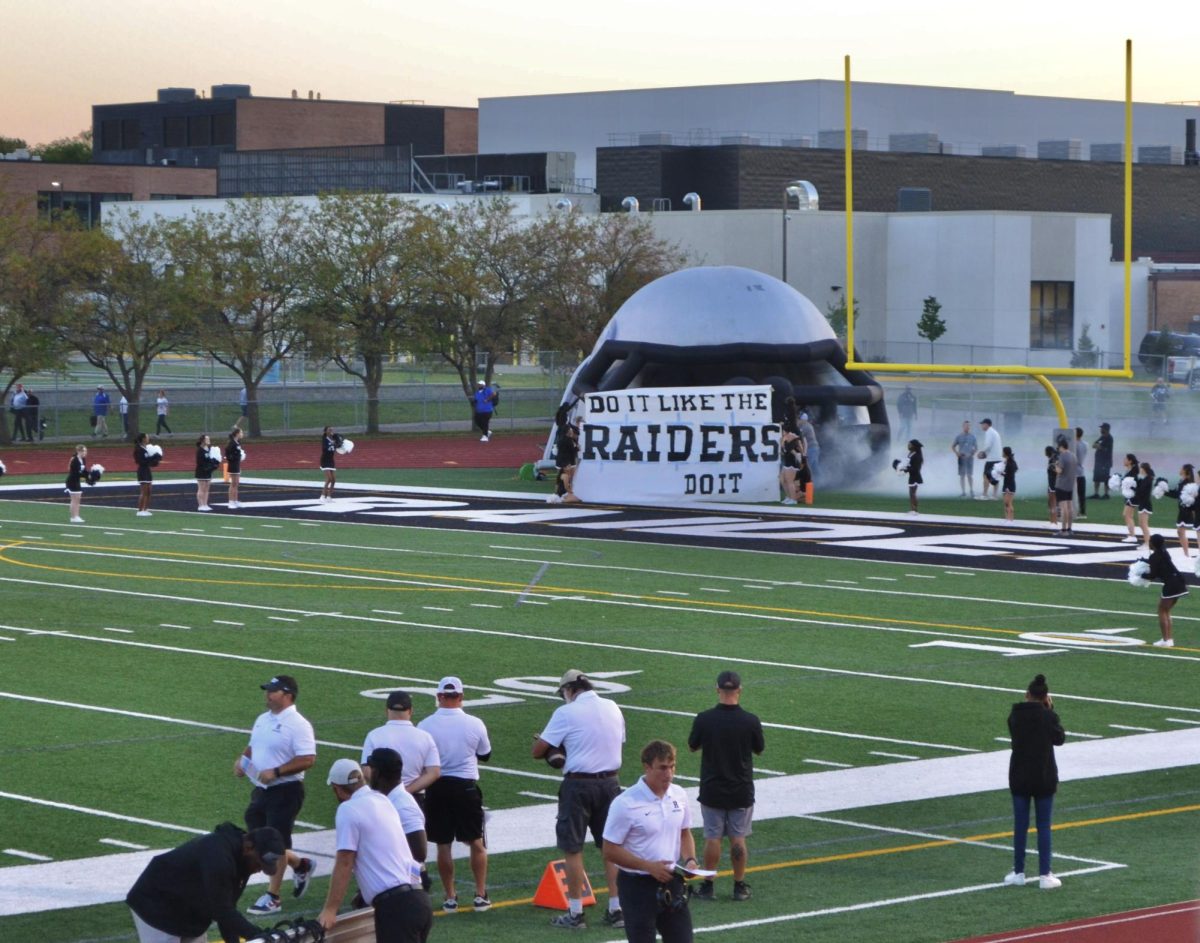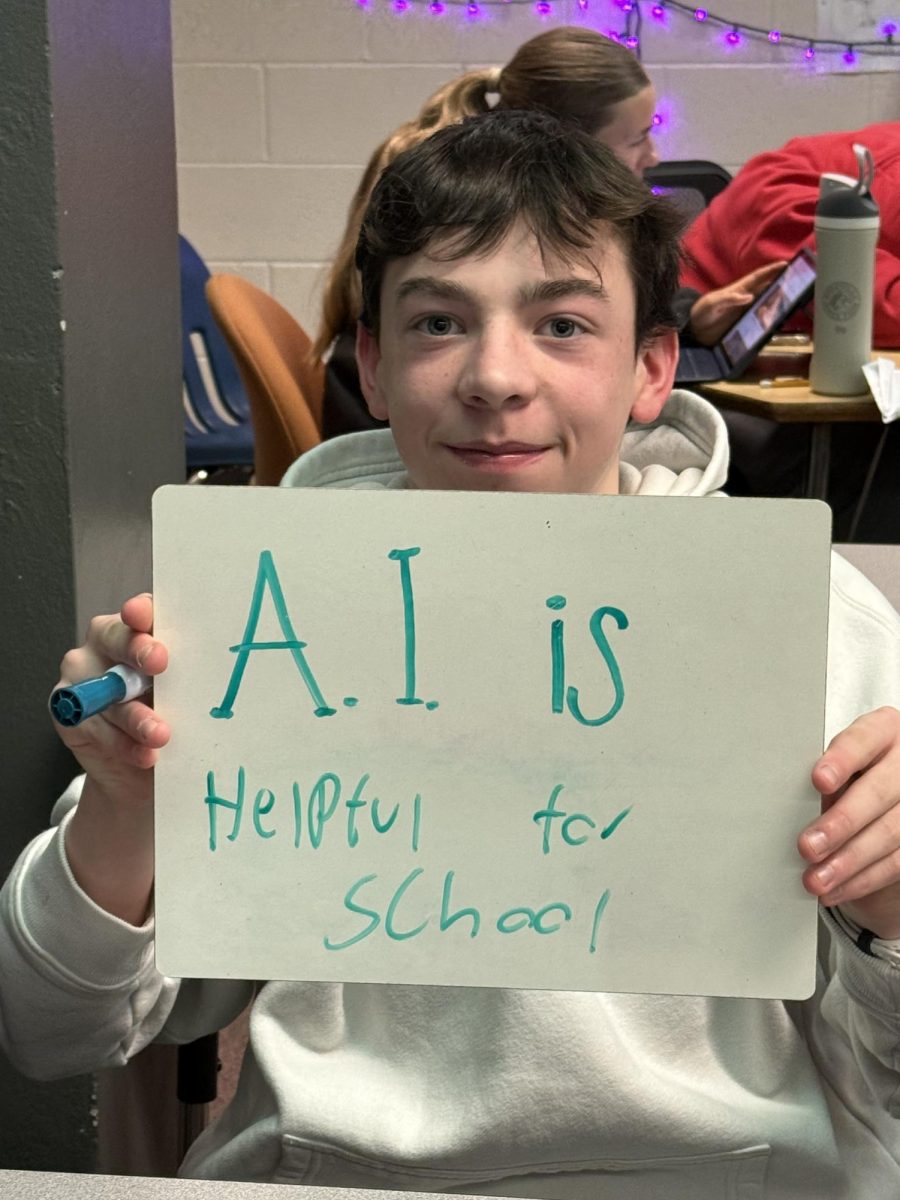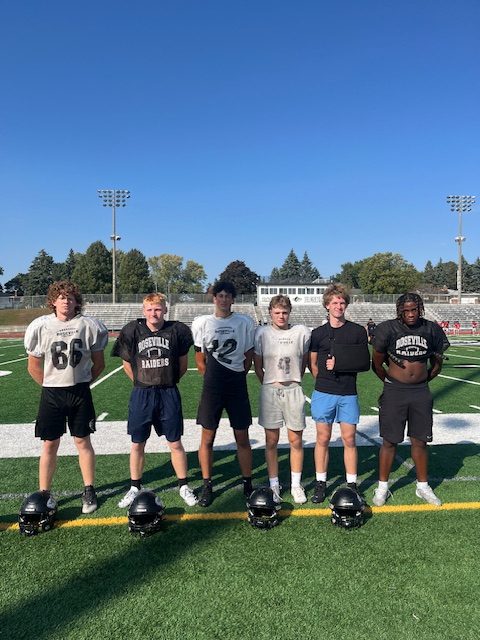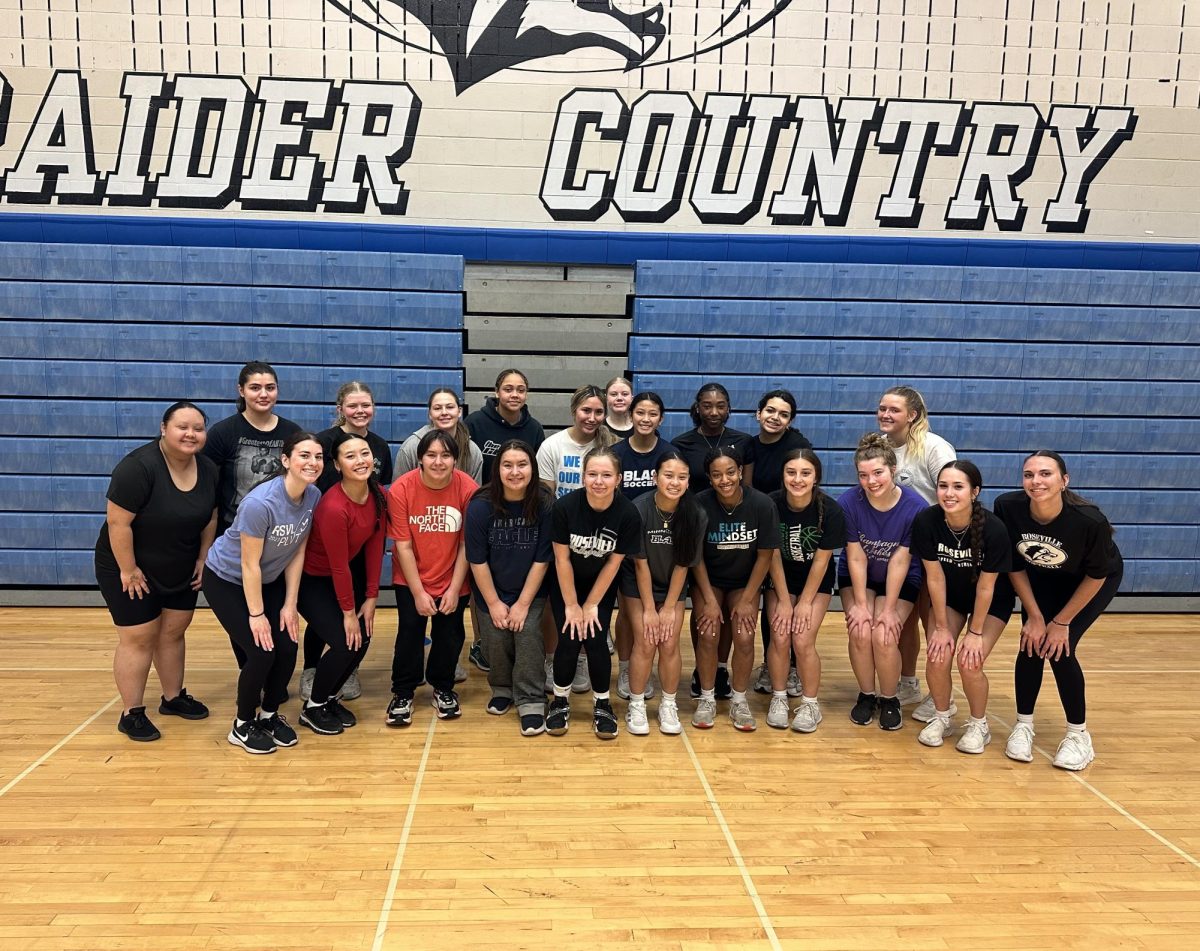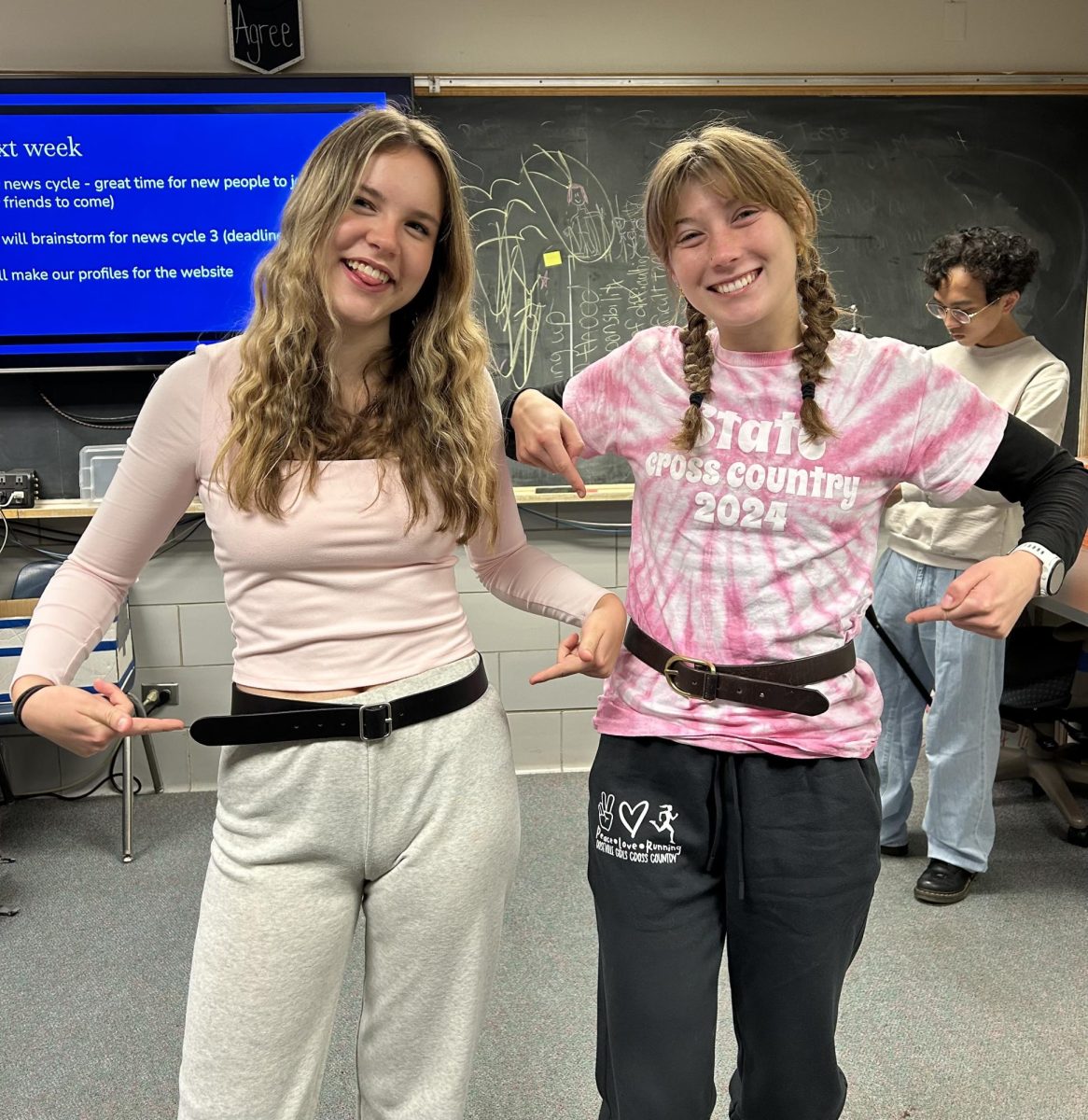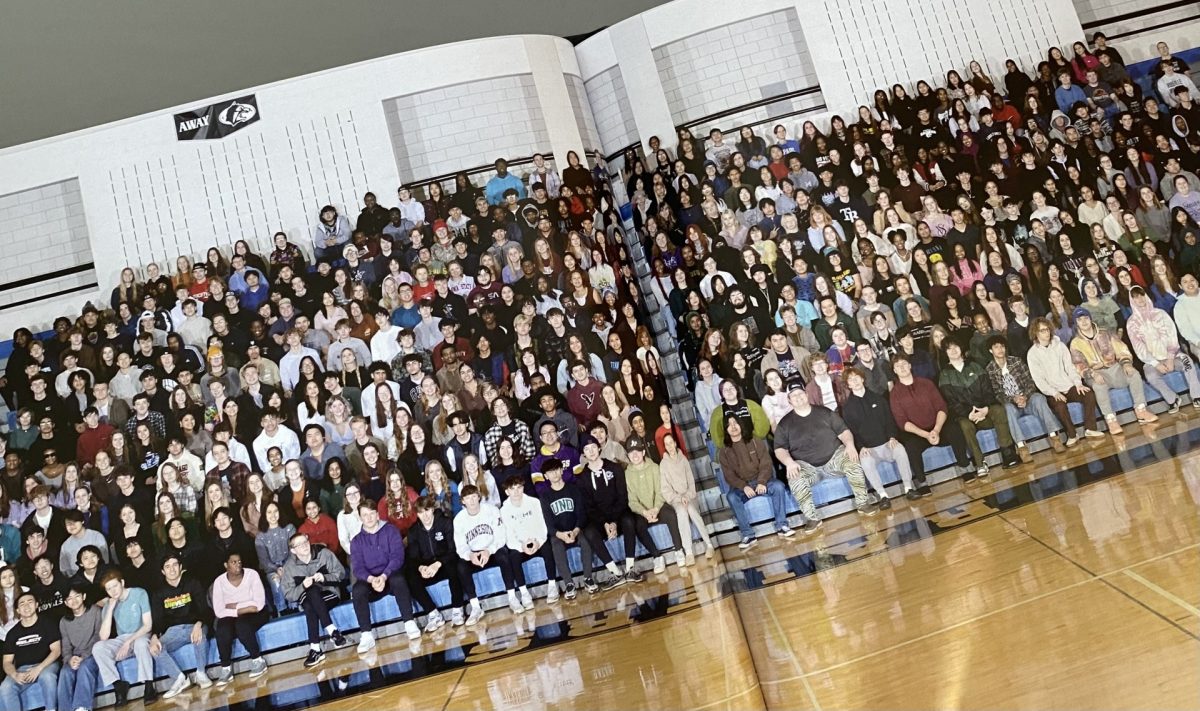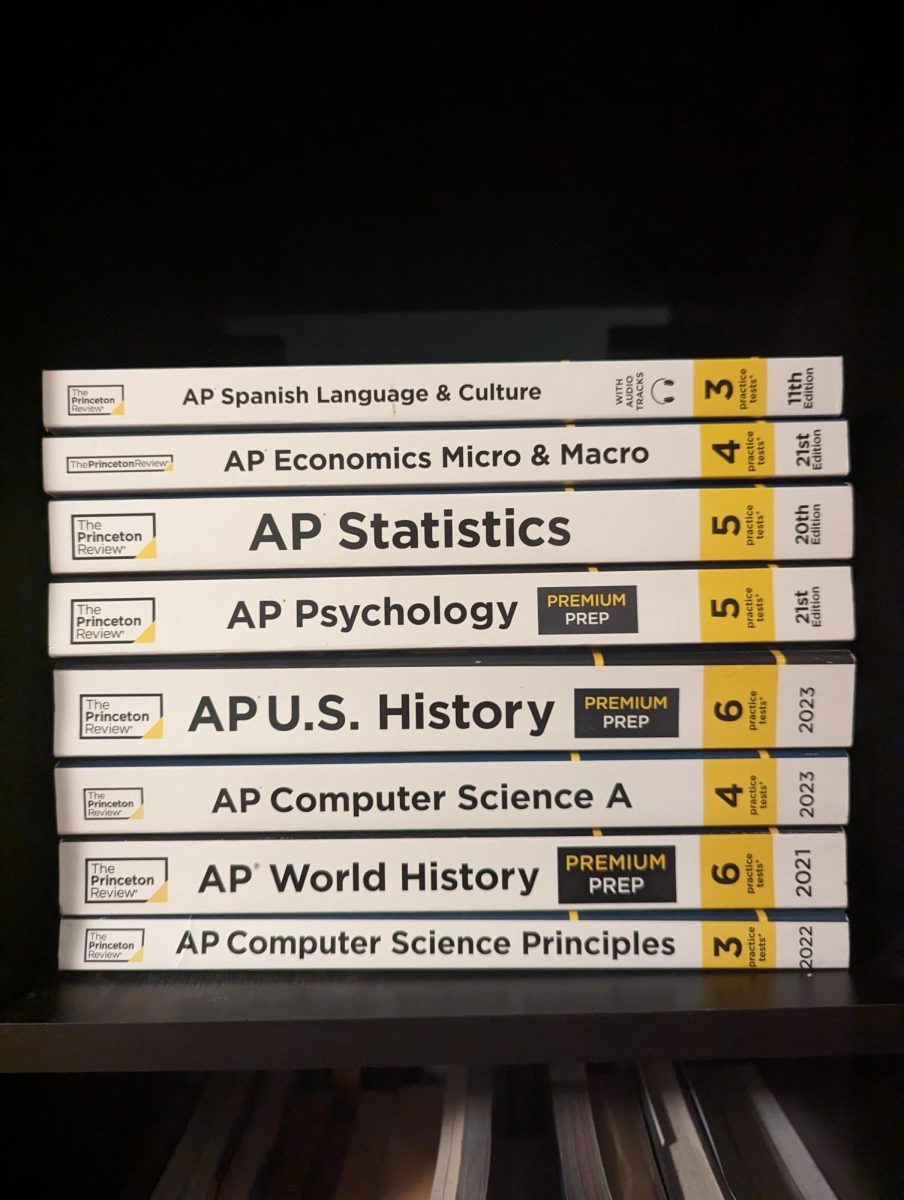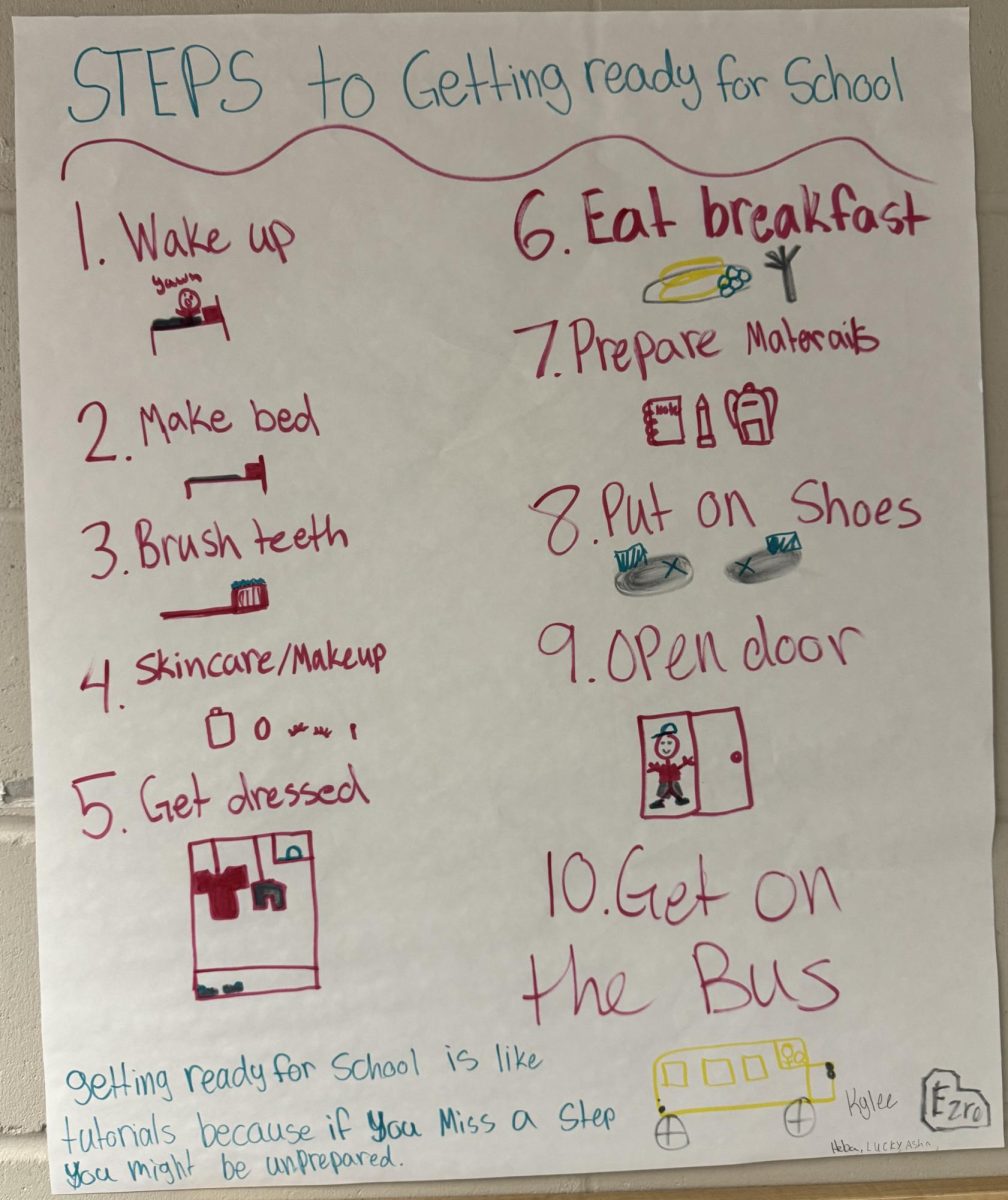As high school graduation approaches, many seniors find themselves feeling stuck or at a crossroads in terms of their future. The transition from high school is not only the end of an era but also a new beginning for opportunities. As the RAHS College Readiness counselor Ms. McConnell said, “There’s an option for everyone. Starting with what you might want to do, you don’t have to be solid on it. Having an idea of what you want to do can help you decide what path you want to go down.” This article will cover a variety of options including but not limited to a 4-year college, 2-year college, trade school, internships, or direct entry into the workforce.
Four-Year and Two-Year Colleges:
Going to a four-year college offers a variety of degree programs for master’s and bachelor’s degrees. A two-year college if often a community college that offers programs so students can earn their associate’s degrees in two years or a certification in a year or less. Although these are both college paths, they have their differences. Four-year colleges usually have a lower acceptance rate and require higher test scores/GPAs. However, it depends on the school. They also usually have a bigger campus, higher cost, and dorms or on-campus apartments. Two-year colleges usually have a higher acceptance rate and require a high school diploma. Test scores and GPA differ from school to school. Community colleges usually have a smaller campus, lower cost, and little to no campus living. You can also transfer from a two-year college to a four-year college after gaining an associate’s degree and with the right number of credits.
Trade School
Trade school includes a lot of hands-on, experiential learning and usually focuses on one area of expertise. Trade school focuses on trades/careers like electrician, plumber, welder, carpenter, and that’s just to list a few. Classes are usually smaller, there’s more job opportunities right after school, and are often more affordable than four-year colleges.
Internships
An internship is a professional learning experience that includes stepping into the real work world. This opportunity allows students to explore their chosen career, learn new skills and develop their knowledge of the job. There are even different types of internships depending on their duration. Below I linked an additional article that covers how to get an internship and important things to know about them. https://www.indeed.com/career-advice/finding-a-job/definitive-guide-to-internships
Workforce
Going directly into the workforce can help develop their careers, gain real experience, and help financially. It can also help push you further into your future career and build work experience.
Going into the workforce can also help you pay for college if you choose to go.
If these options still make you feel unsure about your future, Ms. McConnell stated, “It’s also important to note that you’re not choosing you’re forever right now, you’re just thinking about what might be a good next step.” If you still feel unsure about what your passions or interests are Ms. McConnell said, “Doing some soul searching on things that you like, things that you’re good at, things you’re curious about and figuring out where that fits in a career. I encourage students to take advantage of things while in high school. There’s free classes, access to the career and college center, and access to different softwares like Zello or YouScience that can help with the research”. Ms. McConnell is in the Career and College Center (c170) and is open to any questions or concerns you may have regarding your future.

